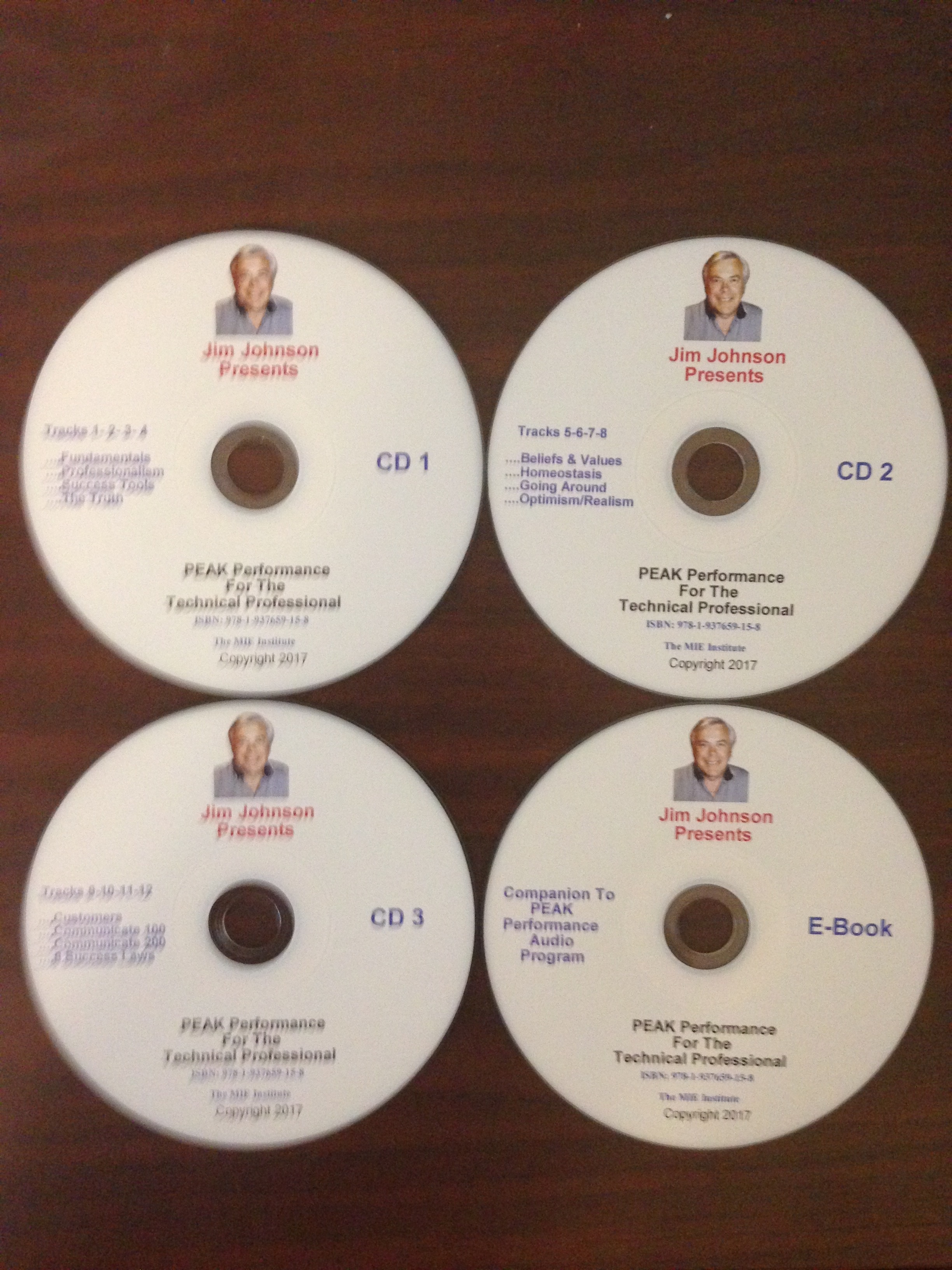Tom Butterfield, salesman for Temperature Equipment Company, the local Rapid sales agency, set up the meeting with Mike Wisneski, facilities supervisor.
What Butterfield first saw was a structure, consisting of three buildings, built in the late 1890s out of brick with rows of overhead doors and high glass windows. There was little in the way of building insulation, and the buildings, while being in excellent condition for their age, were drafty to say the least.
Two of the buildings are used for repairing rail cars, while the third is a locomotive shop.

Poor Indoor Air Quality
The existing heating system consisted of a mix of boilers with unit heaters, indirect- and direct-fired gas makeup air units. Butterfield says, "The building had very little mechanical exhaust or ventilation." The problems were many including the high operating cost of inefficient heating equipment; poor indoor air quality due to welding and diesel fumes; uneven temperatures in the work space, which made it uncomfortable for employees; and high infiltration due to the old structure and overhead doors opening continuously.Wisneski says, "Our big concern was the inefficiency of the heating and ventilation we did have. And we wanted to make sure we chose the right approach this time." Wisconsin Central agreed to pay Rapid to do an engineering study on their facility, and the resultant proposal was approved for one building.
There were, however, special considerations. Wisneski explains, " I didn't want roof- top units because I didn't want our maintenance people on the roof under icy conditions in the winter. Our rail tracks and facility roads made outdoor units a hard sell too."
To meet the building's heating and ventilating requirements, Butterfield proposed 4000 Series AM air management units that were sized for four air changes per hour.
Benefits Beyond Cleaner Air
Wisconsin Central liked the ideas, but preferred a staged approach. The first building was upgraded in 1995, with the other installations completed in the following years. There were a total of 11 units installed in Fond du Lac and three more installed at the company's Sault St. Marie facility in Ontario, Canada."Half the units have been installed outside, and half inside," Wisneski relates. "Wisconsin Central put them on steel platforms they built, which are between 6 ft to 20 ft off the ground depending on the location. Storage facilities were built and placed under the outdoor platform mounted units to maximize the efficient use of space. And installing the air-handling units on platforms inside helped to accommodate the existing site restrictions."
"The new air-handling units in each building have reduced gas usage," says Wisneski. "Our other expectations have been met too. We had problems with wind blowing in, especially cold air during the winter months, which really made our employees uncomfortable. Rapid pressurized the buildings and provided even heating. And in the summer, it feels like air conditioning.
"Our 60-ft by 250-ft fueling station can now fully exchange the air within it in 7 minutes. Locomotives come in running spewing fumes and smoke. But the two 4000 AM units we have installed there have completely cleared the air," Wisneski said. Best of all Wisneski says, "The indoor air quality in all of our buildings has improved considerably. We don't have any problems with fumes or smoke from welding. Our employees have complimented us on the installation of these air-handling units."
This project was different in that Wisconsin Central did all the installations with Butterfield acting as a consultant. Not only did it build the structures on which to mount the air-handling units, Wisconsin Central also did its own gas piping, as well as electrical and sheet metal work. The company also sent two technicians to Rapid's service school, and they are now certified to start and service the units. This extended the Rapid warranty and minimized the need for outside servicing. ES







